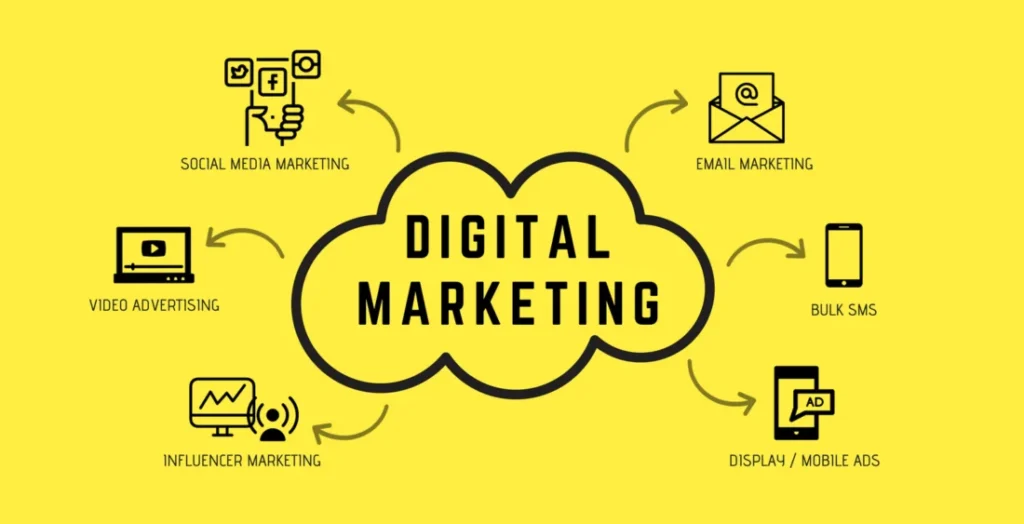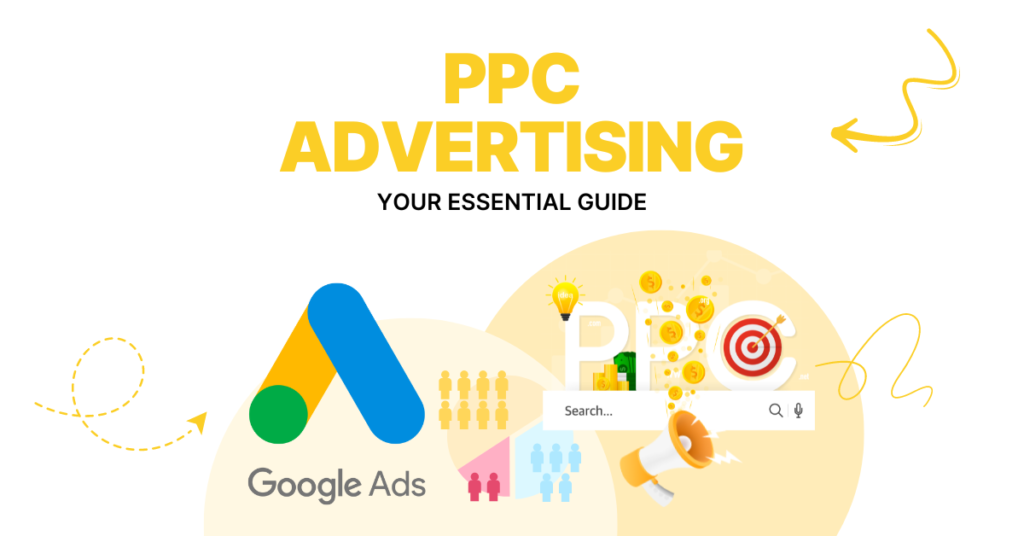Which Course Is Best For Digital Marketing After 12th- Rank Keywords
Are you a student who has just completed 12th grade and is interested in the digital world? If you’re wondering which course is best for digital marketing after 12th – Rank Keywords has the perfect guidance for you. Digital marketing is one of the fastest-growing industries, offering great career opportunities even without a college degree Choosing a digital marketing course after 12th can open doors to exciting and high-paying careers. As businesses go online, they need skilled professionals who can help them grow. Whether it’s SEO, social media, content creation, or paid ads—there’s a place for everyone in digital marketing. Best Online Marketing Programs for 12th Pass Students There are many best online marketing programs for 12th pass students available. These programs are beginner-friendly and focus on practical skills. You’ll learn everything from managing social media pages to running Google ads. Some popular platforms include: Google Digital Garage – Free course with certification HubSpot Academy – Known for content and inbound marketing Coursera – Offers guided projects and full digital marketing courses Top Digital Marketing Certifications in India If you’re aiming for a professional edge, go for the top digital marketing certifications in India: Rank Keywords Digital Marketing Course (with Placement Assistance) Google Digital Unlocked Simplelearn’s Digital Marketing Specialist Program IIDE’s Online Digital Marketing Program These certifications are well-recognized and trusted by employers across industries. Learn SEO After High School SEO (Search Engine Optimization) is one of the most in-demand skills. Learning SEO after high school can give you a head start in your digital marketing journey. It teaches you how to bring websites to the top of Google search results, a skill valuable for any business. You can start learning SEO through: Yoast SEO Blog Neil Patel’s Website Moz’s Beginner Guide to SEO Social Media Marketing Course for 12th Grade Students Social media marketing is another important part of digital marketing. A social media marketing course 12th grade students can take includes creating content for platforms like Instagram, Facebook, and YouTube. Look for courses on: Meta Blueprint (Facebook’s official platform) Skillshare – Creative-focused social media tutorials Rank Keywords’ Social Media Masterclass Career in Digital Marketing After 12th A career in digital marketing after 12th can start with internships, freelancing, or working as a digital marketing executive. Over time, you can become a digital strategist, SEO expert, or even run your own agency. Here’s how to begin: Choose the right digital marketing course Practice your skills daily (on your own blog or social media) Take internships for real-world experience Why Choose Rank Keywords for Your Digital Marketing Course? At Rank Keywords, we provide practical and result-driven training designed for 12th pass students. Our course includes: SEO, PPC, Email Marketing, Social Media, Content Marketing Live projects and hands-on experience Placement assistance and job support You can explore our course or contact us for more details. Conclusion: Which Course Is Best For Digital Marketing After 12th- Rank Keywords To sum up, if you’re serious about starting a career in digital marketing after high school, the best thing you can do is choose the right course. Which course is best for digital marketing after 12th – Rank Keywords has the answer with tailored programs, live projects, and career support to set you on the right path. Get started today and step into the world of digital marketing with confidence! Social Media Link= Facebook: www.Facebook.com/rankkeywords Instagram: www.instagram.com/rankkeywords Twitter: www.twitter.com/rankkeywords LinkedIn: www.linkedin.com/company/rankkeywords You tube: www.youtube.com/channel/UCl9rsIbUY2vYi3xCk6P5ZHQ
Which Course Is Best For Digital Marketing After 12th- Rank Keywords Read More »








